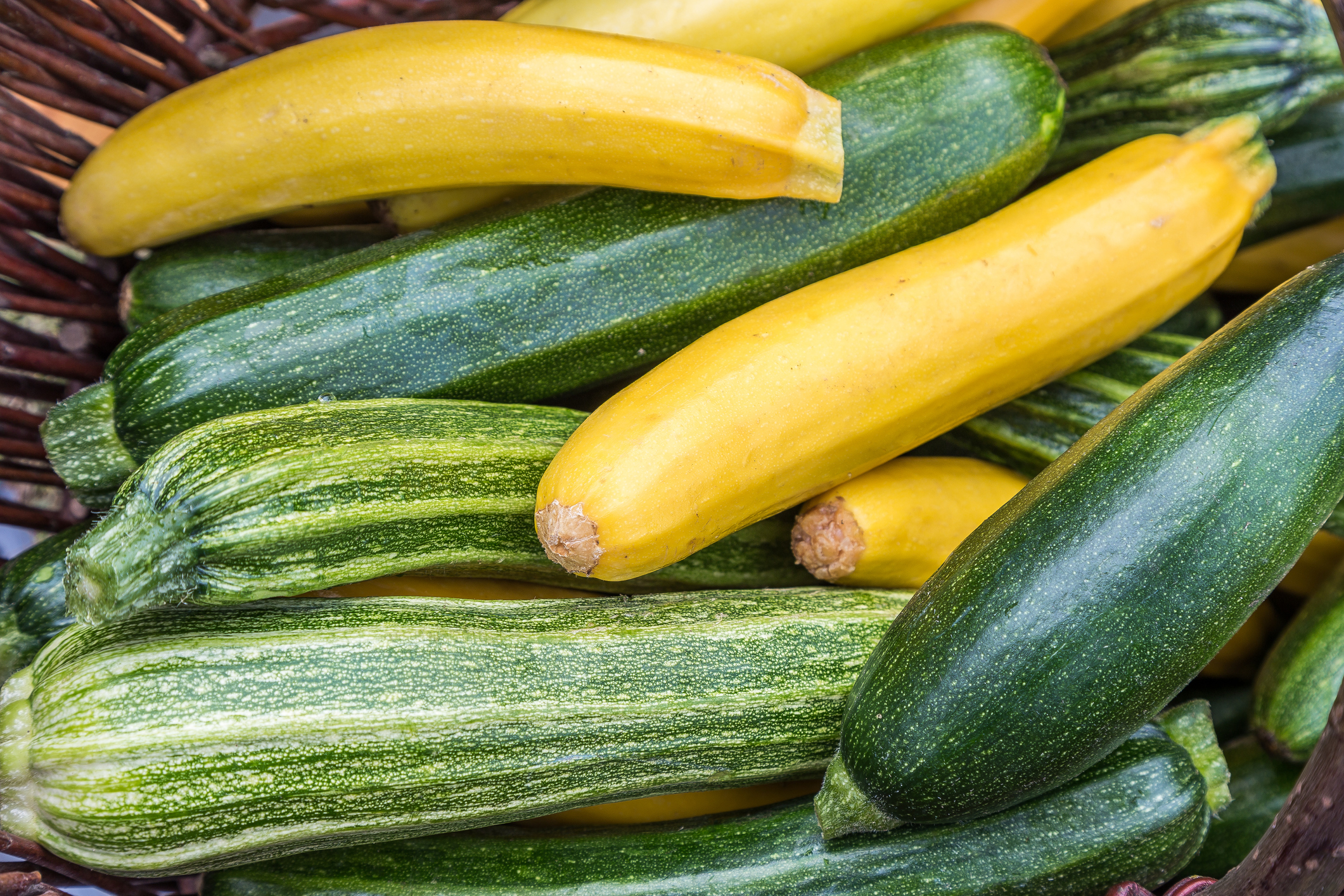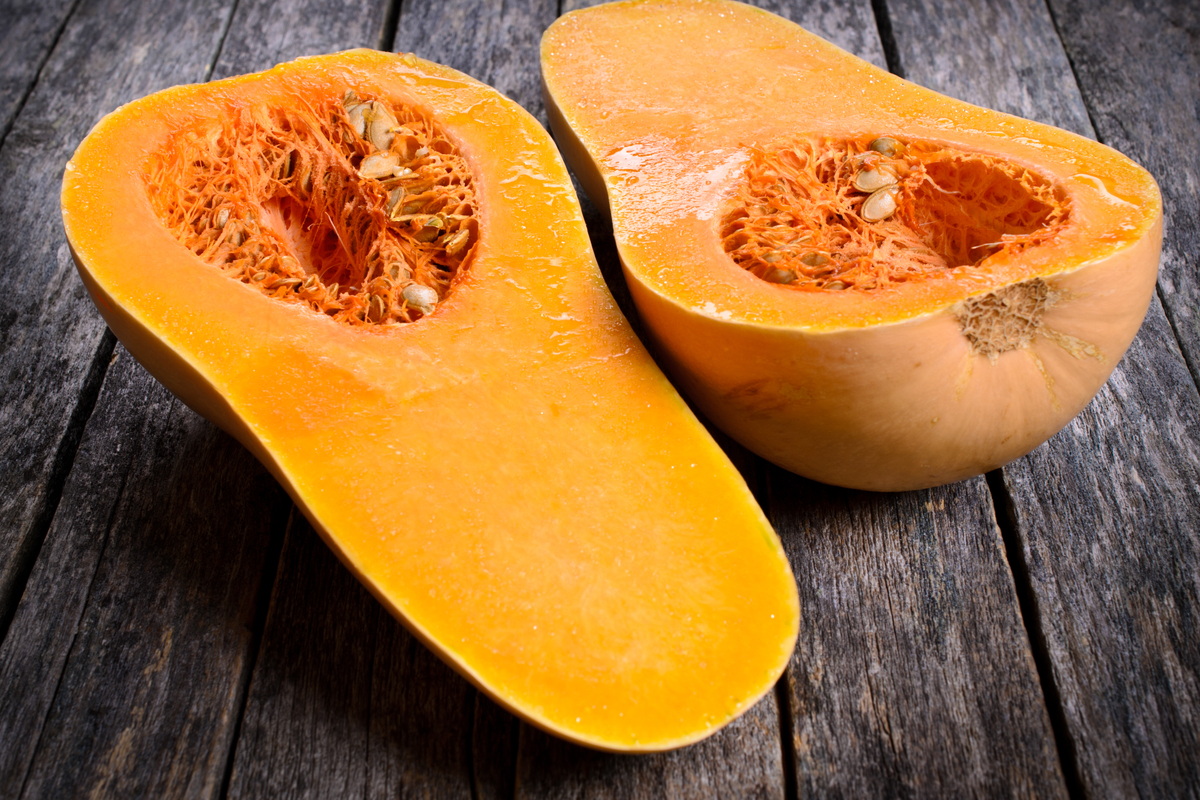Just because summer is over, that doesn’t mean that your green thumb needs to go into hibernation until spring. There are actually several varieties of squash that not only grow easily indoors, but can also produce a hearty harvest of edible delights a mere 60 days after planting.
Believe it or not, it’s actually relatively easy to grow squash indoors, provided you give your seedlings ample sunshine, a large pot for growing, and the right growing conditions based on the type of squash you are planting. So, if you don’t want to give up your garden just because it’s not technically “growing season,” read on to discover squash varieties that can grow easily indoors!

The best type of squash to grow indoors
There are basically two different types of squash: vining squash and bush-type squash. Vining squash (think most pumpkin and gourds) typically need a large growing area, making them impractical for indoor gardens.
Conversely, bush-type squash plants are well suited for indoor growing. Although smaller than vining squash plants, bush-type plants are still relatively large and will require a container measuring around 24 inches across and 36 inches deep in order to give the roots ample space.
6 compact bush squash varieties you can grow indoors
- Acorn: This winter squash has distinctive ridges on its exterior and a sweet, yellow-orange flesh inside. Unlike many other squash varieties, you can actually eat both the flesh and the skin after cooking. Delicious either savory (drizzled with olive oil, sea salt, and paprika) or sweet (brushed with butter, brown sugar, and cinnamon), it’s one of the easiest varieties of squash to use for cooking.
- Buttercup: While you can’t grow pumpkins indoors, you can grow buttercup squash. With its squatty round shape, dark green skin, and orange flesh, it’s one of the sweetest varieties of winter squash, and like the pumpkin, the buttercup’s seeds are perfect for roasting and snacking.
- Butternut: This squash has tan-yellow skin and orange flesh with a compartment of seeds inside the blossom end. Butternut squash has a sweet, nutty taste similar to that of a pumpkin, and is a common ingredient in soup, pasta, and purees.
- Patty Pan: This small squash has a round, shallow shape and scalloped edges, almost resembling a flying saucer. Another squash with edible skin, the patty pan squash is most often cut into chunks and either sautéed, roasted, or grilled.
- Yellow Crookneck: This easy-to-grow squash variety features lemon-yellow 6-inch fruit, with a bent neck — hence the name: crookneck. For cooking, it’s great steamed, sliced, or fried with a sprinkling parmesan and some crumbled bacon.
- Zucchini: Zucchini used for cooking are usually harvested at under 8 inches in length, while their seeds are still soft and immature. Larger zucchinis, while still edible, have mature seeds and hard skins, which require peeling and seeding. Unlike zucchini’s lookalike, the cucumber, zucchini are normally cooked before being eaten, and can be sautéed, fried, shredded, baked, used to make soups, and so much more.

How to grow bush-type squash indoors
- Make sure your containers have at least one drainage hole because squash is prone to rotting in soggy soil. Cover drainage holes with a coffee filter or mesh lining to prevent potting soil from leaking out.
- Fill your containers with good quality potting mix and water until evenly moist, but not soaked.
- Plant 4-5 seeds about 3 inches deep, close to the center of the container, keeping a few inches of space between each seed.
- Position the container in an area that gets 5-7 hours of bright sun per day.
- Monitor the soil, and water lightly when it feels a little dry to the touch. Note: As your plant grows, make sure to water at the base of the plant since wet leaves can lead to mildew problems, as well as attracting fungus gnats, mealybugs, and other insects.
- When the plants grow to be a few inches tall and have a minimum of two healthy leaves, thin down to a single healthy seedling. Note: This would be when you start using a fertilizer on your plant. When dealing with indoor plants, particularly ones that will result in edible produce, we like using a compost tea as an alternative to synthetic fertilizers. Continue feeding the plant about every two weeks.
Growing squash indoors can be a rewarding way to continue nurturing your green thumb through the winter months, while supplying your kitchen with a steady stream of fresh edible produce your whole family will enjoy. All it takes is seeds, sun, soil, water, and a little bit of TLC to bring your seeds to delicious fruition.


